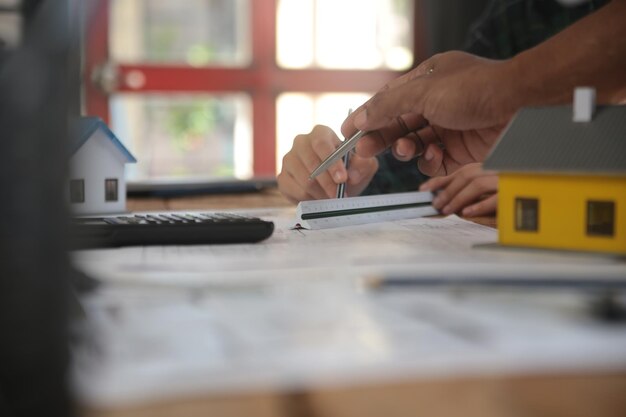How to Determine Roof Pitch Easily (And Why It Matters)
Understanding roof pitch is crucial for anyone looking to build, renovate, or maintain a roof. Not only does it affect the aesthetic appeal of your home, but it also plays a significant role in drainage, durability, and how a roof performs against elements like wind and snow. Whether you're a seasoned DIYer or new to home improvement, calculating roof pitch can seem daunting at first. However, with the right approach, you can easily determine it yourself.
What is Roof Pitch?
Roof pitch refers to the steepness of a roof, which is calculated based on the rise (vertical height) over the run (horizontal span). It's typically expressed as a ratio, such as 4:12, meaning the roof rises 4 inches for every 12 inches horizontally. This metric is crucial in determining the style and suitability of roofing materials.
Step-by-Step: How to Calculate Roof Pitch
1. Gather Your Tools
To get started, you'll need a few simple tools:
- Tape measure
- Level (at least 12 inches long)
- Ladder
2. Take the Measurements
Find a Level Ground Spot: Place your ladder securely and ascend to the edge of the roof.
Use the Level: Place the level horizontally on the roof edge. Ensure the bubble is centered.
Measure the Rise: From the end of the level touching the roof, measure vertically down to the roof's surface. This figure will be your rise.
Measure the Run: The length of the level from the starting point of measurement to its end will be your run (usually 12 inches).
Calculate the Pitch: Divide the rise by the run (typically, this is 12 inches). For example, if the rise is 6 inches over a 12-inch run, your pitch is 6:12.
3. Confirm the Measurements
Double-check all measurements to ensure accuracy, especially if you're planning structural changes or applying for permits.
Why Roof Pitch Matters
Aesthetic & Design Importance
The slope can determine the architectural style of your home. A steeper pitch may offer a classic appeal, while a lower pitch can contribute to a modern design.
Practical & Structural Significance
- Weather Resistance: Steeper pitches allow snow and rain to fall off the roof more easily, mitigating potential damage.
- Material Suitability: Some materials, like shingles, require a specific pitch range for installation standards.
Venturing into Financial Opportunities
Understanding the roof's dynamics can have broader implications, especially if financing is a concern. Whether you're considering a home renovation loan or seeking ways to finance a complete roofing project, there are programs available:
- Government Renovation Grants: These can help alleviate some costs associated with home improvements, particularly for energy-efficient upgrades.
- Home Improvement Loans: Offered by many banks and credit unions, these loans can provide the necessary funds at competitive interest rates.
- Tax Deductions: In some cases, home improvement costs can enhance your tax refund status, particularly if the upgrades involve eco-friendly solutions.
Financial Assistance Options to Consider
Getting the funds to support your home projects might seem challenging. Here's a list of potential financial aids and credit solutions:
- 🏠 Federal Housing Administration (FHA) Loans: Tailored for home improvements, offering lower interest rates.
- 💳 Home Equity Line of Credit (HELOC): A revolving credit line based on your home equity.
- 🎓 Weatherization Assistance Program: For improvements focused on energy efficiency.
- 💰 State Energy Efficient Appliance Rebate Program: Incentives for installing energy-efficient appliances and systems.
- 🧑🎓 Educational Grants: For learning new DIY skills, perfect if you're planning to take on bigger projects in the future.
Delving into these opportunities not only helps with immediate roofing costs but can also better position you financially in the long term. So, while securing your home from top to bottom, you might just also be securing your financial future.
